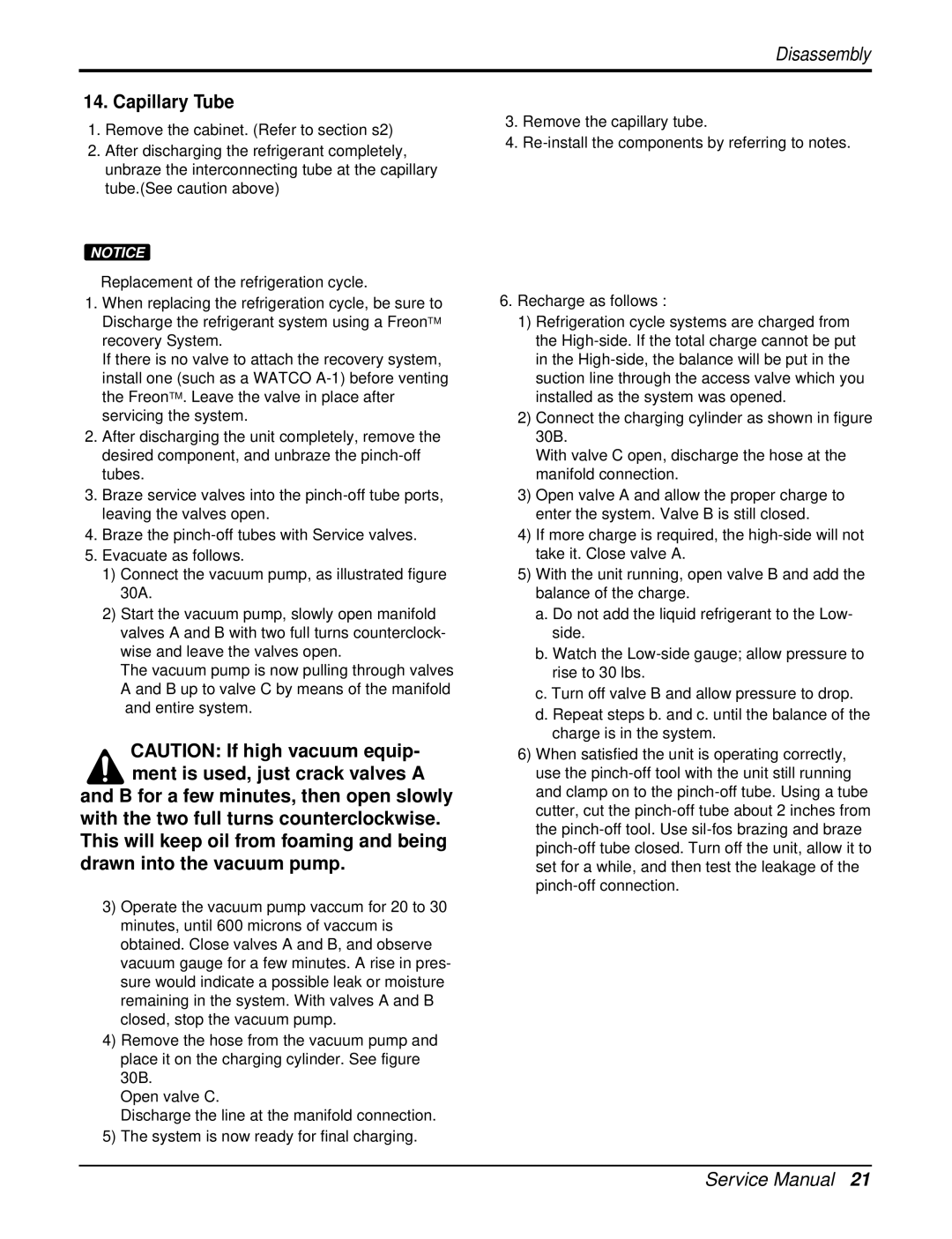LWC183PLMD1, LW1800ERZ3, LWP1820PEL, LW1800PR, LWC182PLMM0 specifications
LG Electronics offers a wide range of air conditioning units designed to enhance indoor comfort with innovative features and technologies. Among these, the models LW1500PRY3, LWC212PLMM0, LW1800PRZ3, LW1804ER, and LW1500PR stand out for their effectiveness and reliability.The LG LW1500PRY3 is a window air conditioner with a cooling capacity of 14,000 BTUs, ideal for large rooms up to 700 square feet. This model features a user-friendly LED display and a remote control for convenient temperature adjustments. One of its key characteristics is the "Energy Saver" mode, which conserves energy when the unit is not in use, contributing to lower utility bills. The LW1500PRY3 also includes a 3-speed fan and a dehumidification function, removing up to 3.5 pints of moisture from the air per hour.
Next, the LWC212PLMM0 serves as an all-in-one heat pump, perfect for year-round comfort. It delivers 21,000 BTUs of cooling power and is designed for energy efficiency, receiving an Energy Efficiency Rating (EER) that meets or exceeds industry standards. This model incorporates advanced inverter technology, which allows for quieter operation and precise temperature control. Its sleek, modern design fits well in any room, making it both a functional and aesthetic addition to a home.
The LW1800PRZ3 is another window unit that offers 18,000 BTUs of cooling, capable of managing spaces up to 1,000 square feet. This model also features Wi-Fi connectivity, allowing users to control their air conditioner via a smartphone app, enhancing convenience and energy management. The energy-saver mode and multiple cooling and fan speeds offer customizable comfort in a variety of conditions.
The LW1804ER, with its compact design, delivers effective cooling for medium-sized rooms, boasting an 18,000 BTU capacity as well. This unit is equipped with a convenient LED display, making it easy to monitor and adjust settings. Its quiet operation makes it suitable for bedrooms and living areas, allowing for a peaceful environment while providing effective cooling relief on hot days.
Finally, the LW1500PR is a reliable and efficient air conditioning option with a cooling capacity of 15,000 BTUs, suitable for rooms up to 700 square feet. With a focus on energy efficiency and user-friendly design, it includes adjustable air direction and a programmable timer, making it easy to set routines and maintain comfort.
Together, these LG Electronics models represent a commitment to advanced air conditioning technology, ensuring reliable performance, energy efficiency, and enhanced user comfort across various spaces. Each model features high-quality components and thoughtful design, meeting the diverse needs of consumers in today's marketplace.

